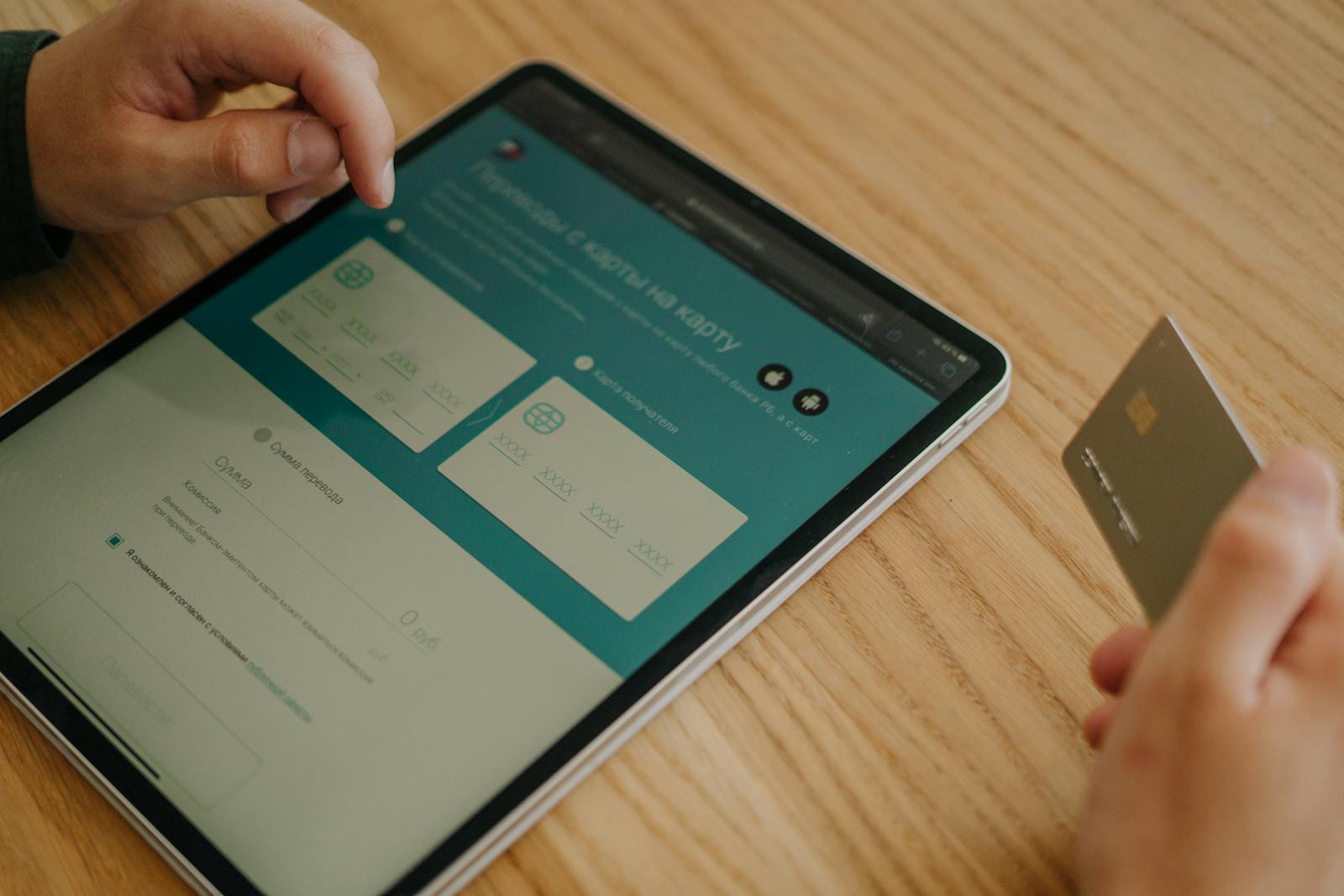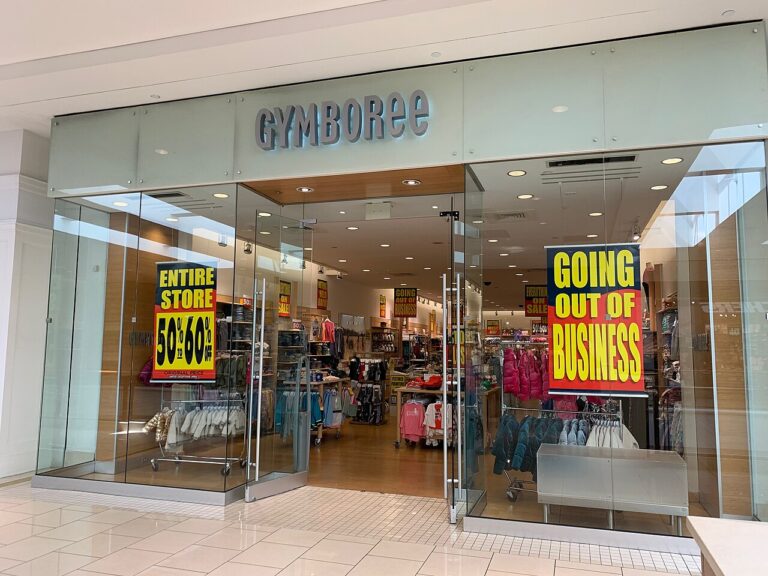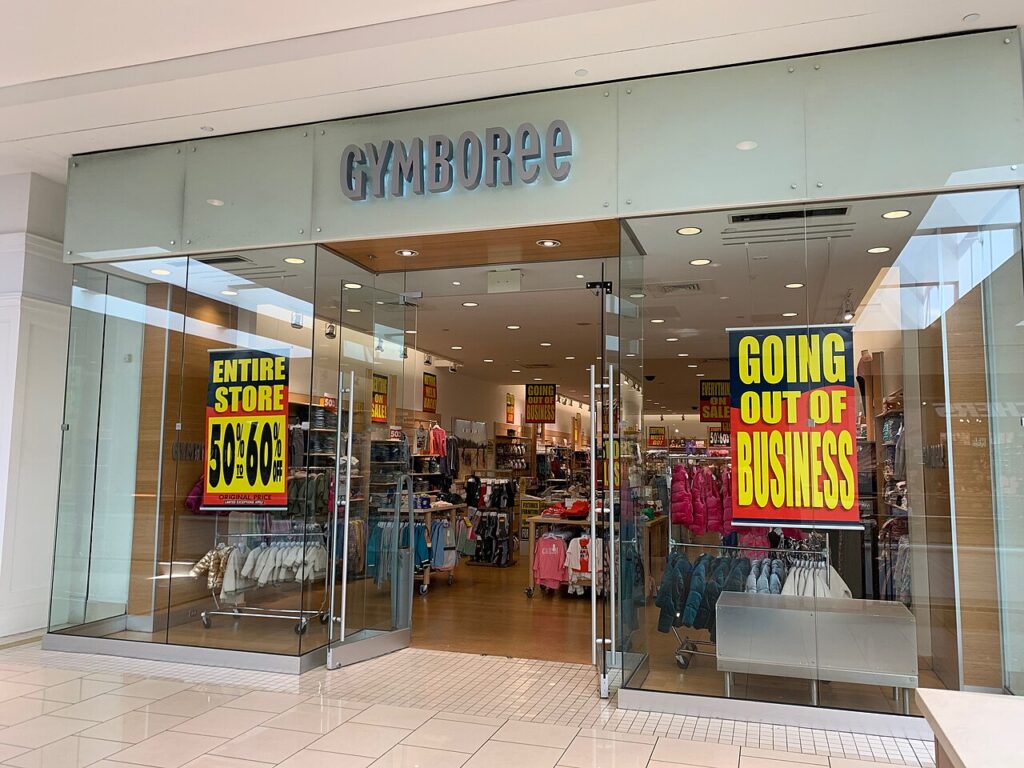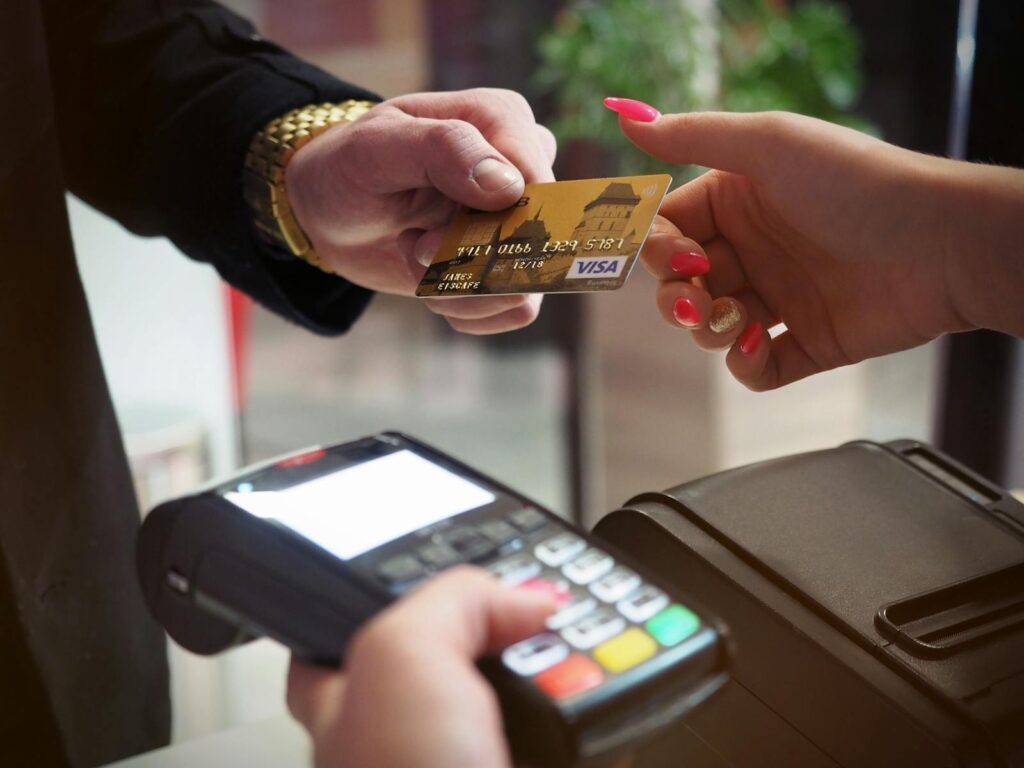Everyone loves a great deal. We scroll through daily offers hoping to score something big. But where do real deals end—and scams begin?
This guide shows you how to spot real bargains and avoid pitfalls. It helps you shop with confidence and keep extra money in your pocket.
Choose Reputable Deal Sources
Stick to trusted websites and apps. Well-known platforms check sellers, verify promotions, and offer buyer protection. Community-driven deal sites often highlight offers that real users have tested. Some apps even track price history so you can see if a deal is real.
Avoid clicking on ads from unfamiliar websites or pop-ups. These are often set up to look like legit offers but lead to shady retailers. Before trusting a new deal site, look up reviews or ask others in forums. If no one’s heard of it, skip it.
Research the Seller
Even on big platforms, not all sellers are trustworthy. Check seller ratings, reviews, and how long they’ve been active. A few negative reviews are normal, but a pattern of complaints is a red flag.
If the deal is through a third-party seller, do a quick search with the seller’s name and words like “scam” or “complaint.” This simple step can save you a lot of trouble. Always buy from sellers with a clear return policy and full contact details.
Watch for Too-Good-to-Be-True Prices
A $300 laptop for $20? Probably fake. If a deal looks too good, it usually is. Scammers use unrealistic discounts to get your attention. They might take your money, send a fake item, or steal your information.
Compare the price across different stores before jumping in. If only one place has the deal and it’s drastically cheaper, be skeptical. Price-checking tools and browser extensions can help you know what’s normal.
Use Safe Payment Methods
Always pay with a credit card or trusted payment service. These methods offer fraud protection and make it easier to dispute charges if something goes wrong. If the deal goes south, you’ll have a better chance of getting your money back.
Never pay with gift cards, cryptocurrency, or wire transfers. These are favorite tools for scammers because they’re hard to trace and almost impossible to recover.
Check for Secure Connections
Before you enter your payment or personal information, make sure the website is secure. Look for a lock symbol in the browser and a web address that starts with https. That means your data is encrypted.
Be cautious with websites that look similar to well-known stores but have misspelled names or unusual endings. Scammers often create copycat sites to trick shoppers who aren’t paying close attention.
Avoid Pressure Tactics
“Only two left!” “Deal ends in five minutes!” These tricks are common and often fake. Scammers create urgency so you’ll act without thinking. Real sales don’t need extreme pressure.
Take a step back. If the deal disappears after a few minutes, it probably wasn’t worth it. Good offers come back, and there’s always another chance to save.
Read More: How to Find and Stop Hidden Monthly Subscriptions
Read the Fine Print
Some deals hide extra costs. That super-low price might not include shipping, handling fees, or return charges. Before you check out, read the full details. Make sure you know exactly what you’re paying and what your options are if you’re not satisfied.
Also check the return policy. If a seller doesn’t accept returns or only offers store credit, think twice. A great deal isn’t worth it if you’re stuck with something you can’t use.
Protect Yourself Online
Don’t shop on public Wi-Fi. Open networks are easy for hackers to tap into. Use a secure connection at home or a virtual private network (VPN) when shopping on the go.
Keep your devices updated. Software updates fix bugs and improve security. Turn on two-factor authentication for your accounts. It adds a second layer of protection if someone tries to log in without your permission.
Track Your Accounts
After you make a purchase, keep an eye on your bank and credit card statements. Look for unfamiliar charges. If you spot something off, report it right away.
You can also set up transaction alerts with most banks. These let you know when your card is used, so you can act fast if someone else is spending your money.
Know What to Do If You Get Scammed
If you fall for a fake deal, take action quickly. Contact your credit card company or bank and report the charge. They can often reverse it or start an investigation.
Also report the scam to a consumer protection agency. It helps others avoid the same trap. And change your passwords if you gave away any account info.
Daily deals can be fun and rewarding, but only if you stay smart. Stick to trusted sources. Double-check sellers and prices. Use safe payment methods and watch for red flags.
Scammers rely on speed, pressure, and emotion. If you slow down and shop with care, you can spot the fakes and find the real bargains. A little caution goes a long way—and your wallet will thank you.
Read More: How to Find the Best Airline Discounts







